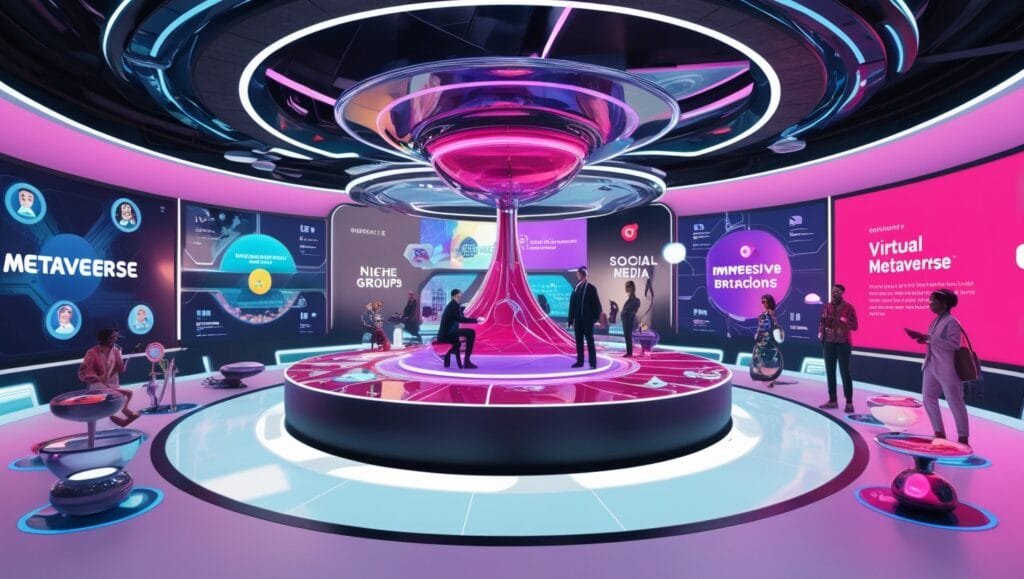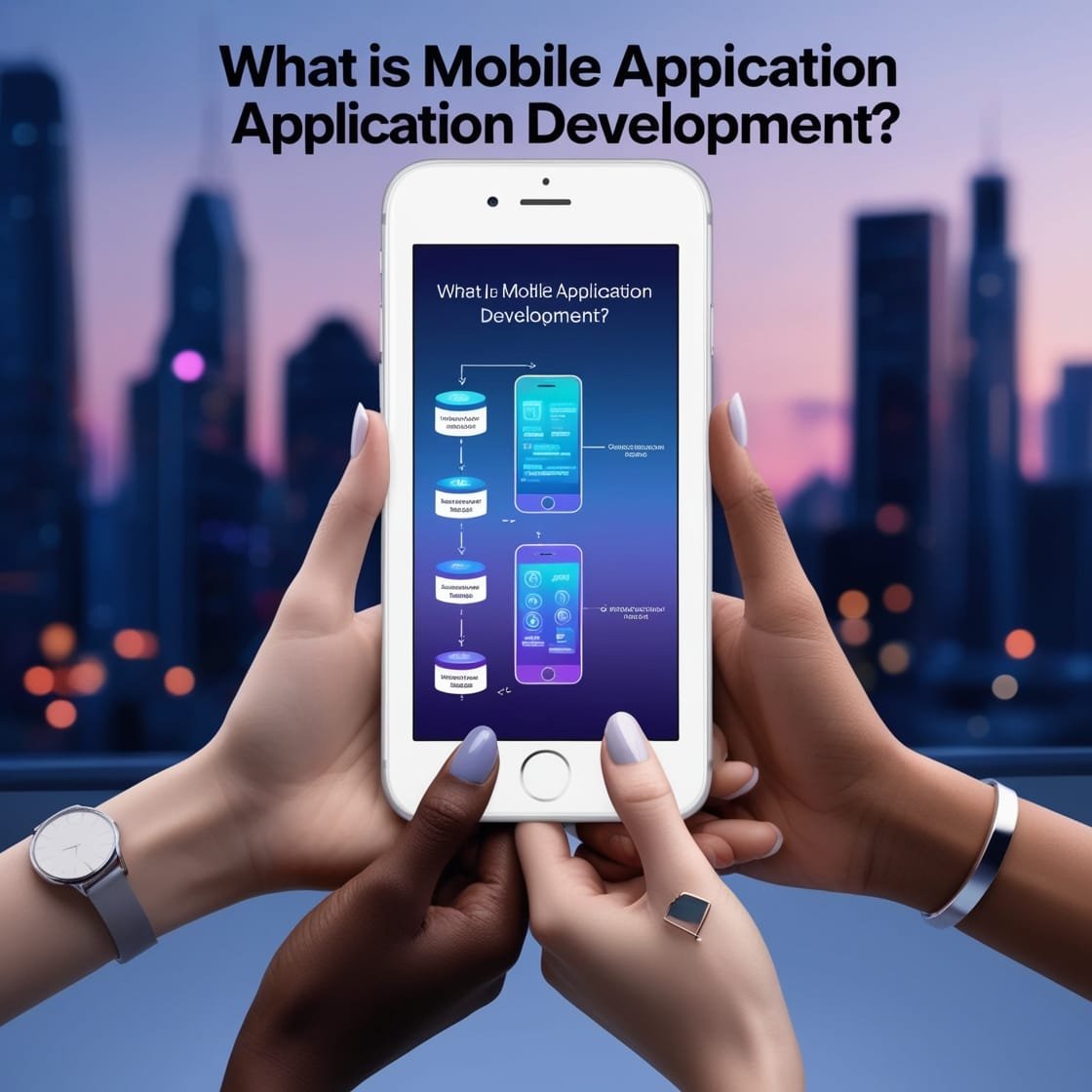As the digital terrain changes, companies are focusing more and more on creative approaches to interacting with customers. One such newly developing trend is microspaced marketing. Whether in tiny portions of the internet world or virtual worlds like the Metaverse, microspaces give companies chances to contact highly involved audiences in customized, immersive surroundings. Though there is promise, marketing in microspaces offers unique difficulties.
This blog will look at these difficulties and offer ideas on how businesses could effectively negotiate them. We will stress the need of combining digital marketing ideas along the road to guarantee a flawless interaction with customers.
- 1. Marketing Microspaces Challenge: Limited Audience Reach and Fragmentation
- 2. Marketing Microspaces Challenge: Maintaining Brand Consistency
- 3. Marketing Microspaces Challenge: Navigating the Technology Learning Curve
- 4. Marketing Microspaces Challenge: Building Trust in Immersive Environments
- 5. Marketing Microspaces Challenge: Competing for User Attention
- 6. Marketing Microspaces Challenge: Measuring ROI and Effectiveness
- Integrating Digital Marketing into Microspace Strategies
- Conclusion
1. Marketing Microspaces Challenge: Limited Audience Reach and Fragmentation
The limited audience reach of marketing in microspaces presents one of the toughest obstacles. Microspaces by their very nature often serve smaller, specialized markets. Compared to conventional advertising environments, the audience is typically more focused and less varied whether it’s a virtual room in the Metaverse or a particular social media group.
How to Overcome It: Brands have to make sure their messaging is very relevant and tailored to meet the difficulty of limited reach. Here, personalization is absolutely vital. Understanding the interests, activities, and preferences of consumers in these microspaces helps businesses to design very pertinent marketing that appeal to these tiny groups. Moreover, using digital marketing techniques such as paid advertising or social media marketing on more extensive platforms might guide consumers into these microspaces, therefore expanding the audience base.
For example, Brands might utilize Instagram advertisements to inspire consumers to a special event in the Metaverse or support involvement in an exclusive virtual shopping experience. Combining social media marketing with content production catered to the niche helps companies be more visible in microspaces.
2. Marketing Microspaces Challenge: Maintaining Brand Consistency
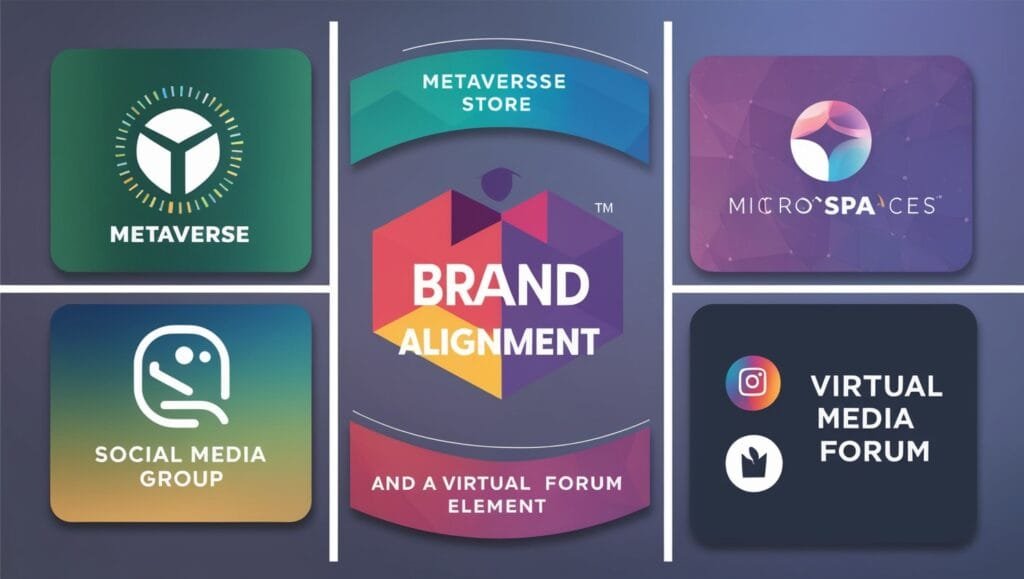
Entering smaller, more customized environments always runs the danger of businesses losing their consistency or personality. Staying consistent becomes difficult in microspaces, where the tone, design, and content may vary greatly from the major channels of a business.
How to Overcome It: Companies have to deliberately create their presence in these areas to guarantee their constant character. This is included into every facet of the microspace important components including visual identity, tone of voice, and basic values. Whether it’s a branded virtual room, a Metaverse store, or an exclusive forum, companies should make sure the experience they offer captures their primary messaging.
For example, if the identity of a business is based on sustainability, its microspace could highlight virtual experiences, environmentally friendly design, or materials, so continually repeating this message at all points of contact.
Additionally helping to preserve consistency is integrating digital marketing techniques. Content scheduling systems enable companies to guarantee that materials in microspaces are current and complement more general marketing initiatives. Apart from handling customer contacts, automation solutions can help to keep consistent messaging in these environments.
3. Marketing Microspaces Challenge: Navigating the Technology Learning Curve
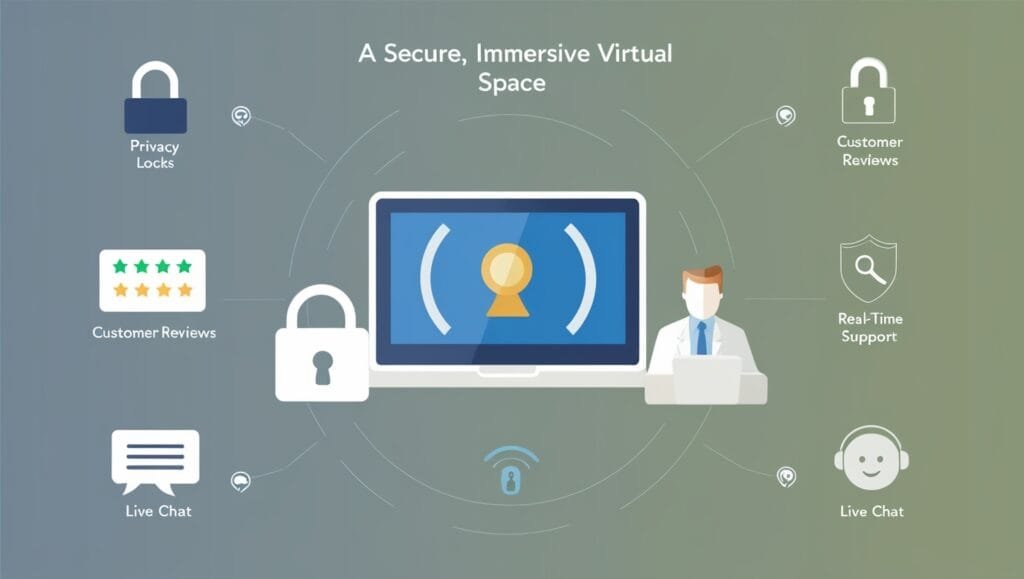
Particularly in virtual worlds like the Metaverse, microspaces sometimes demand users to negotiate unknown technologies. For brands, this implies that the technology itself may be a barrier for user involvement as well as for marketing initiatives.
Companies have to make sure their online environments are easily navigable and welcoming. Essential are clear directions, easy designs, and flawless user experiences. This covers making sure their virtual stores or events are easily available and interesting even for consumers who might not be particularly tech-savvy.
For example, a fashion brand starting a virtual store in the Metaverse could provide a quick instruction on navigating the space, interacting with items, and making purchases. The technology should seem as natural as feasible for consumers.
Brands can also work with tech experts knowledgeable in the Metaverse or other developing technologies or digital marketing companies. These alliances can help to lower the learning curve and offer insightful analysis on how to employ technology to improve microspace marketing plans.
4. Marketing Microspaces Challenge: Building Trust in Immersive Environments
Concerns regarding authenticity, privacy, and security make consumers cautious about visiting virtual or augmented environments. This is especially difficult when marketing in microspaces, where interactions could occasionally seem detached from reality or impersonal.
Overcoming the trust issue calls for brands to concentrate on developing real relationships and openness. Establishing trust requires being open about data collecting, guaranteeing privacy, and offering continuous, real-time customer service. Moreover, including reviews, quotes, and instantaneous conversations helps the microspace to seem more real and friendly.
For example, a company holding a live event in a microspace might interact with consumers in real-time to create authenticity or include actual client endorsements. Responsive and honest interactions help businesses lower mistrust and strengthen a more devoted following.
Including digital marketing techniques such as email marketing and retargeting ads will also help to establish confidence. Long-term involvement and trust can be developed by sending follow-up emails including updates, promotions, or customized communications depending on user activities with the microspace.
5. Marketing Microspaces Challenge: Competing for User Attention

Given several businesses fighting for attention in each given microspace, there is fierce competition. Whether via sponsored virtual events or Metaverse ads, the difficulty is separating the noise from catching user attention.
How to Overcome It: Brands who want to stand out in microspaces have to design very interesting and interactive experiences. This could call for gamification components, augmented reality (AR) tools, or even special offers meant to encourage people to spend time in the area. The secret is to make the experience one in which consumers may actively engage rather than only a passive observing one.
For example, a cosmetic firm might provide a virtual makeup tutorial in the Metaverse where consumers may utilize augmented reality filters to test on several styles. This interactive experience not only keeps customers interested but also creatively presents the brand’s offerings.
Content optimization and SEO among other digital marketing strategies can help companies grab consumer interest before they ever reach the microspace. Foot traffic and interaction can be raised by using focused keywords connected to their niche or delivering attractive landing sites that guide consumers towards the microspace.
6. Marketing Microspaces Challenge: Measuring ROI and Effectiveness
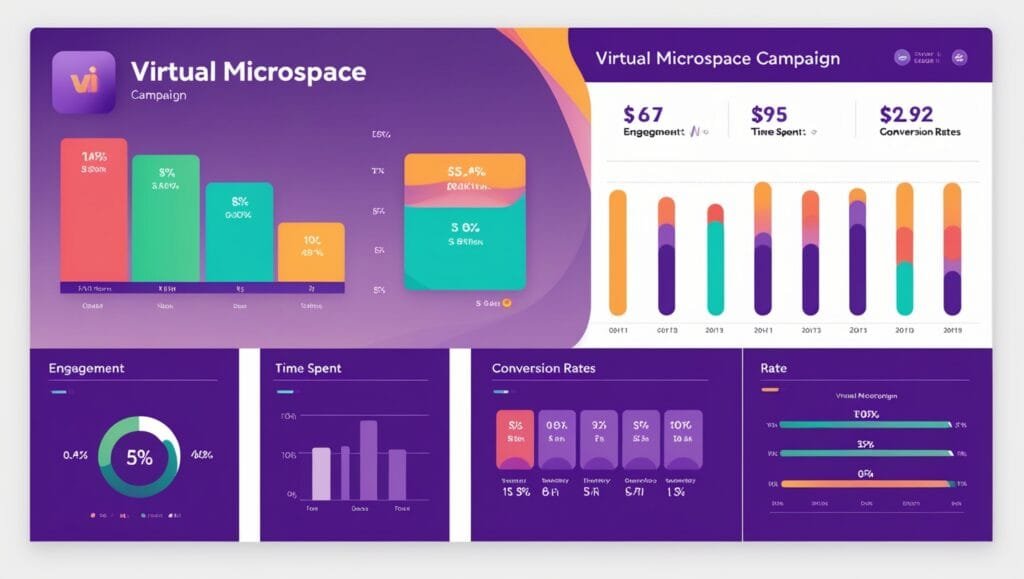
Measuring return on investment (ROI) in microspaces can be challenging, particularly because user activities might not always be exactly observable. Campaign performance in these areas sometimes depends more on participation measures including time spent, interactions, and social sharing than on simple sales conversions.
How to Overcome It: To gauge success companies might combine tracking systems and analytics technologies. Key performance indicators (KPIs) could call for social media shares, brand sentiment, and user engagement. Including conversion monitoring into virtual events or microspace interactions also enables companies to link involvement to concrete results.
A company might, for instance, measure user participation at a virtual event, degree of contact with product demos, and then track any later purchases or sign-up. Using these measures will help companies determine the actual worth of their microspace investment.
Integrating Digital Marketing into Microspace Strategies
Overcoming these obstacles and optimizing the effect of marketing initiatives in microspaces depend much on digital marketing. Brands can create more unified, strong campaigns that engage consumers both in and outside of microspaces by combining traditional digital marketing techniques including SEO, content marketing, social media marketing, and email campaigns with creative ideas especially for the Metaverse or other virtual platforms.
Cross-platform marketing lets companies lead consumers effortlessly between conventional and digital environments. To make sure that possible consumers find these microspaces in the first place, firms might utilize email marketing to direct visitors to their Metaverse events or SEO to maximize their virtual stores and landing pages.
Conclusion
Although marketing in microspaces presents difficulties, it also gives businesses special chances to interact creatively with very targeted consumers. Overcoming problems such restricted audience reach, preserving brand consistency, and developing trust can help businesses produce unforgettable events that strengthen closer relationships with consumers.
Including digital marketing techniques into microspace campaigns guarantees that businesses remain visible, relevant, and interesting all through the paths of their consumers. Combining conventional marketing strategies with the immersive possibilities of microspaces will open new development paths for firms, therefore strengthening their relationships with customers in the digital age.

